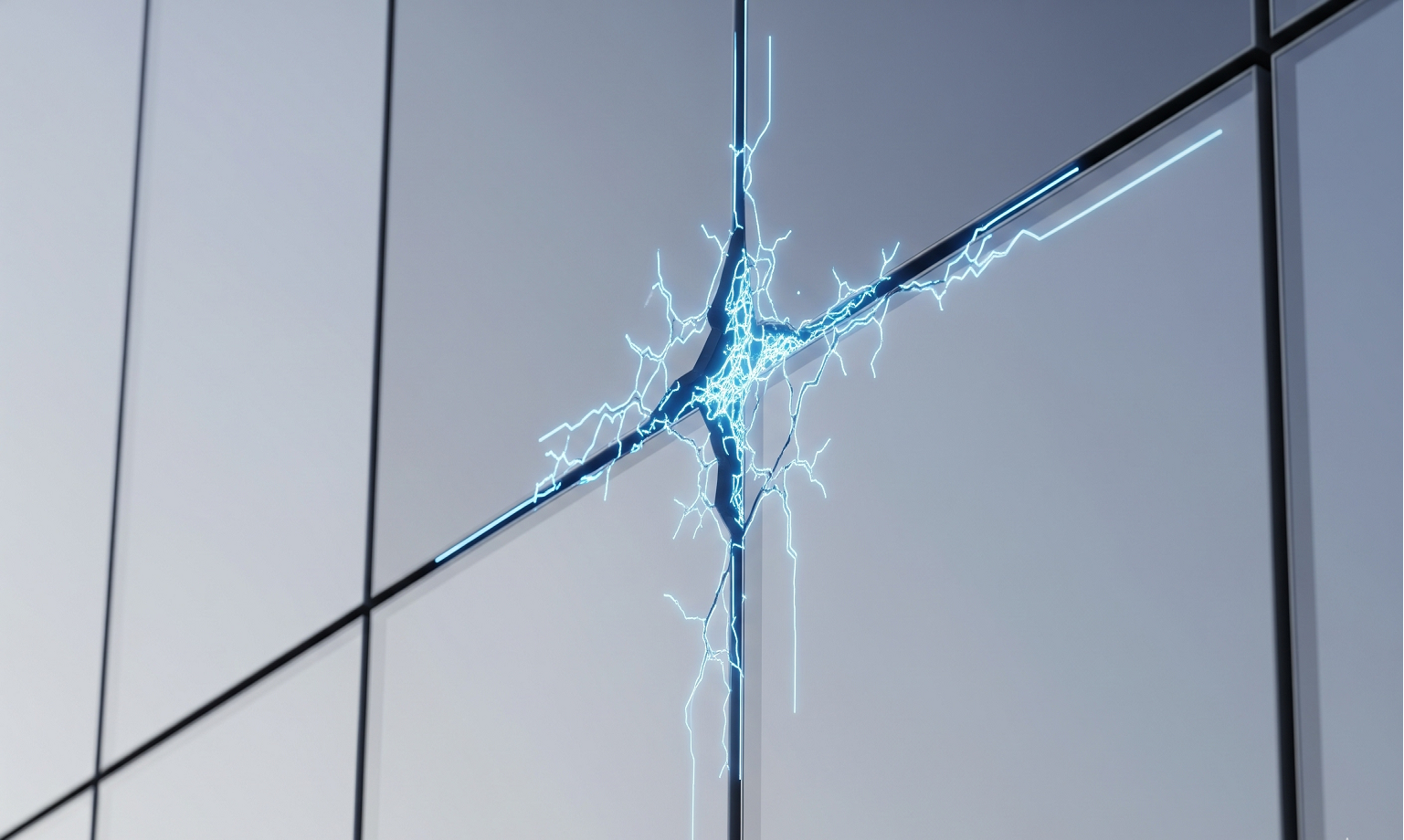


For decades, the story has been the same. You spot a damp patch on the ceiling or a hairline crack on a concrete beam. Your heart sinks. You know what comes next: the frantic calls to waterproofing contractors, the disruptive investigative work to find the source, the noise, the dust, and the mounting invoice for what is often just a temporary fix. It’s a reactive, expensive cycle that has plagued the construction industry since its inception.
But what if we told you that the future of building is shifting dramatically from reactive to proactive? What if the very materials your structure is made of could sense damage and repair themselves? This is the thrilling reality made possible by the next generation of smart construction chemicals. This innovation is poised to fundamentally change how we conceptualize durability, longevity, and sustainability in building, especially here in the demanding UAE environment.
Smart construction chemicals and additives aren’t your standard products; they are intelligently designed systems embedded within the building material. Let’s break down how they work in simple, relatable terms.
• Shape Memory Alloys (SMAs): The Muscle Memory of Your Building. Imagine these special metals as the built-in muscle memory of your structure. These alloys can be bent or deformed, but when triggered by an external stimulus like heat (think of the powerful UAE sun), they remember and snap back to their original, pre-defined shape. Now, envision this technology embedded within expansion joints or critical seals. A small crack opens, the sun heats the metal, and it expands back to its original form, closing the gap seamlessly and autonomously. This is a powerful example of how advanced construction chemicals are creating dynamic, responsive buildings.
• Piezoelectric Materials: The Building’s Nervous System. These materials act as the intelligent nervous system within a structure. They possess a fascinating property: they generate a small electrical charge when they are squeezed, stressed, or deformed. So, when a micro-crack begins to form, the stress on the material creates a tiny spark of electricity. This spark can then be designed to trigger another healing mechanism, such as releasing a healing agent from a nearby capsule. It’s a built-in alarm and repair system, all in one, working silently behind the scenes.
The advantages of integrating these smart construction chemicals into our builds are profound, and the benefits are magnified under the unique pressures of the UAE climate.
• Dramatically extended lifespan: Structures infused with these technologies last significantly longer because minor damage is repaired almost instantly.
• Massive, long-term cost savings: You drastically reduce and, in some cases, eliminate the need for emergency repairs, constant maintenance calls, and the associated operational downtime.
• Unmatched durability in our harsh climate: Self-healing materials are specifically designed to not just withstand climatic conditions but to actively adapt to and overcome the damage they cause, offering a new level of resilience we’ve never seen before.
• Enhanced public and private safety: By autonomously repairing small cracks in critical structures like bridges, high-rise foundations, and parking garages, we significantly enhance overall structural integrity and safety for everyone who uses them.
Two technologies, in particular, are leading the charge in self-healing concrete
This technology is set to transform every facet of our built environment:
• Bridges and overpasses
• High-rise building facades and roofs
• Roads and pavements
• Underground structures
The construction story of the UAE has always been one of audacious vision and looking forward. This future of autonomous repair aligns perfectly with the UAE’s national vision of innovation and sustainability. It means building things once, and building them right, for generations to come. It means conserving resources, reducing waste from repair works, and creating a safer, more durable urban landscape.